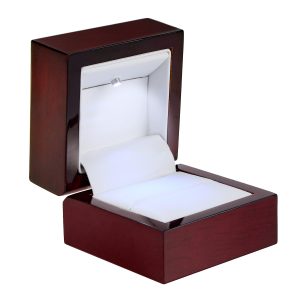
“Diamonds are forever” according to James Bond, and we can understand why because anyone who owns one never wants to part with it. Ok, if your pending engagement were to suddenly break down (hopefully not), you may think differently -albeit with a heavy heart, but enough of all of that we are here to focus on the anatomy of the Diamond ring, relationship woes we will leave to the experts.
Now most girls agree, Diamonds are your best friends, and we can understand why, its charm, its beauty, and its mood-enhancing qualities certainly uplift any girl’s spirits when presented with these precious stones. So, guys, you heard it here first, if you’re planning on proposing to your lady? Ahem, diamond engagement rings... (Hint/hint)
The anatomy of the diamond ring is an interesting subject; you may have some general knowledge about your stone (most of us do) basics like the carat, the cut and metal are fairly common, but have you ever discovered more beyond that? If not, you may find this post very interesting, especially if you are about to go out and buy one.
- Setting- otherwise known as the seat for the stone, it’s where its placement is set. Examples include 4 or 6 claw which you may be familiar with, but did you realise that there are many more varieties’ such as prong, bezel, bar, tension, pave, halo, channel, and cluster? The range suddenly becomes wide open when you do.
- Shank- The actual ring and it will determine the design, usually, gold or platinum and can be paved with smaller surrounding stones. Other designs include straight, tapered, spilt, bypass, knife-edge and D-shank. Knowing this enables you to communicate with the jeweller to choose a design you love.
- Sizing bar- enables the size of the ring to be easily adjusted (in case it didn’t fit) embellished can be tricky if stones surround the bar compared to plain bars with a diamond set on the top however all shanks usually have a sizing bar (a gap of plain metal) to allow jewellers to alter when needed.
- Hallmark– Most rings have hallmarks; it’s the engraving inside the metal which marks the manufacturer as well the metal’s worth. For example18k gold would have 750 stamped and platinum marked with 950 and oftentimes the diamonds worth maybe marked too. If looking to buy an engagement ring its advised to look for hallmarks, even if you don’t fully understand what they mean, because it somewhat adds to its value and worth without any confusion.






